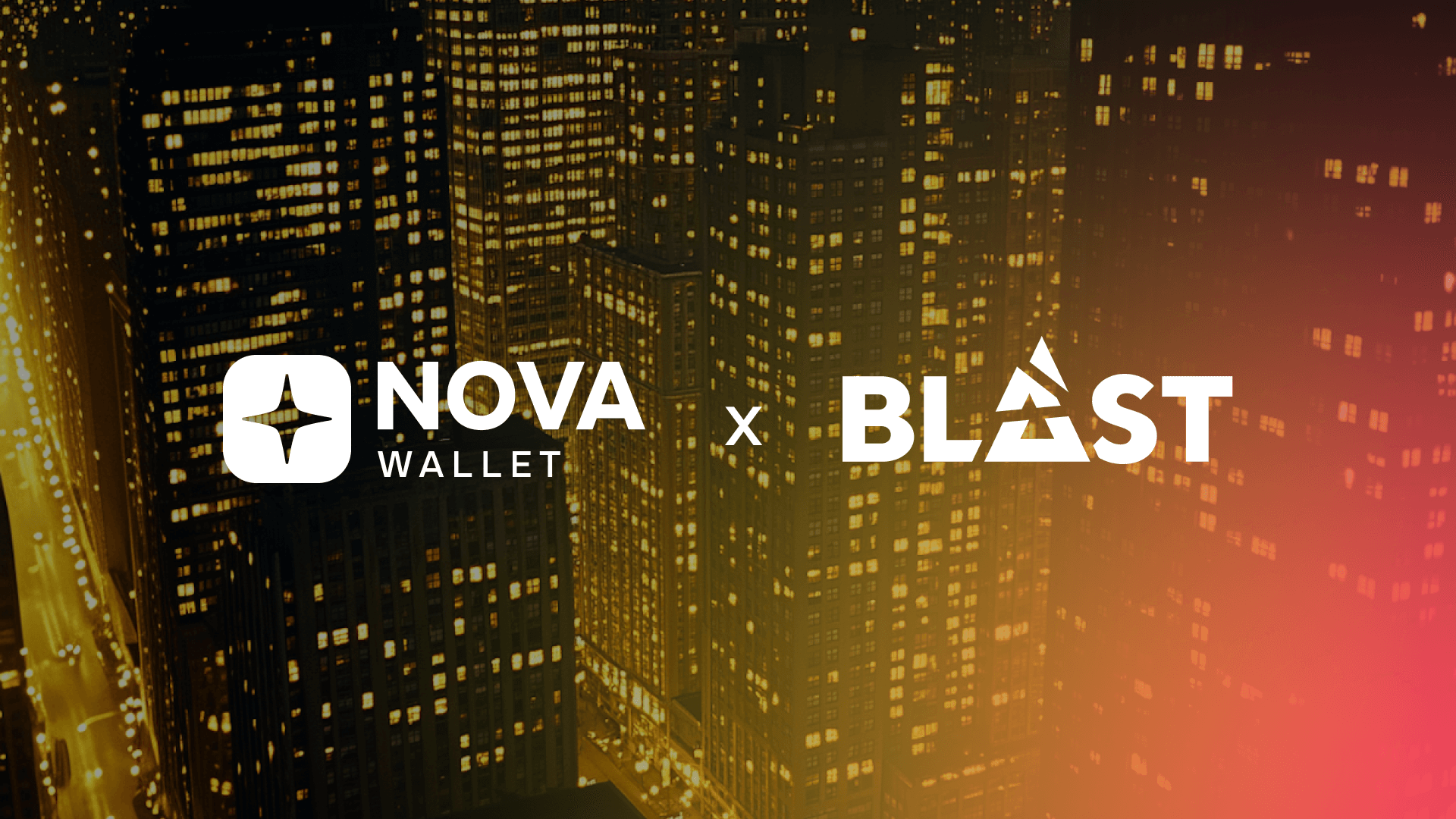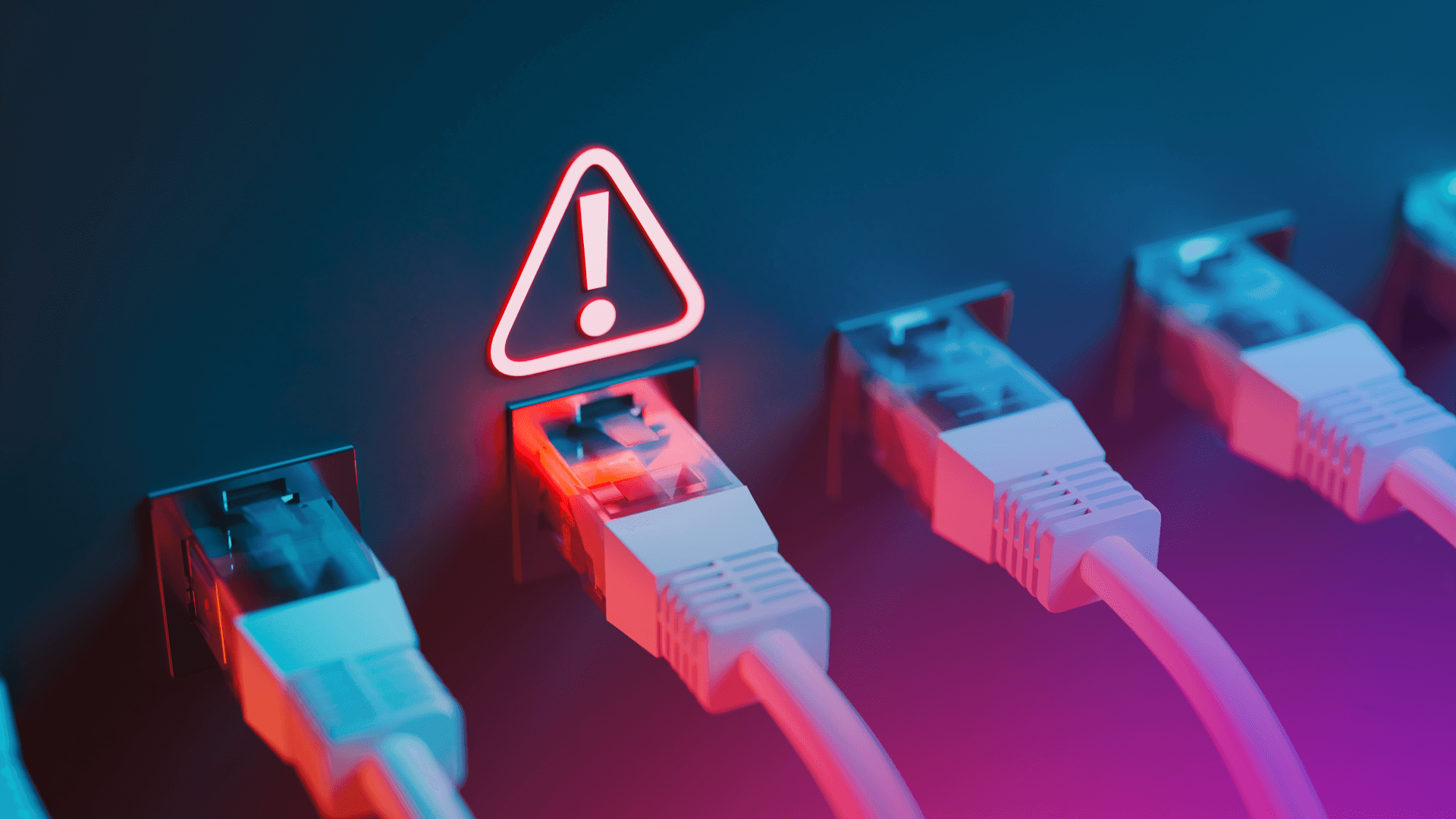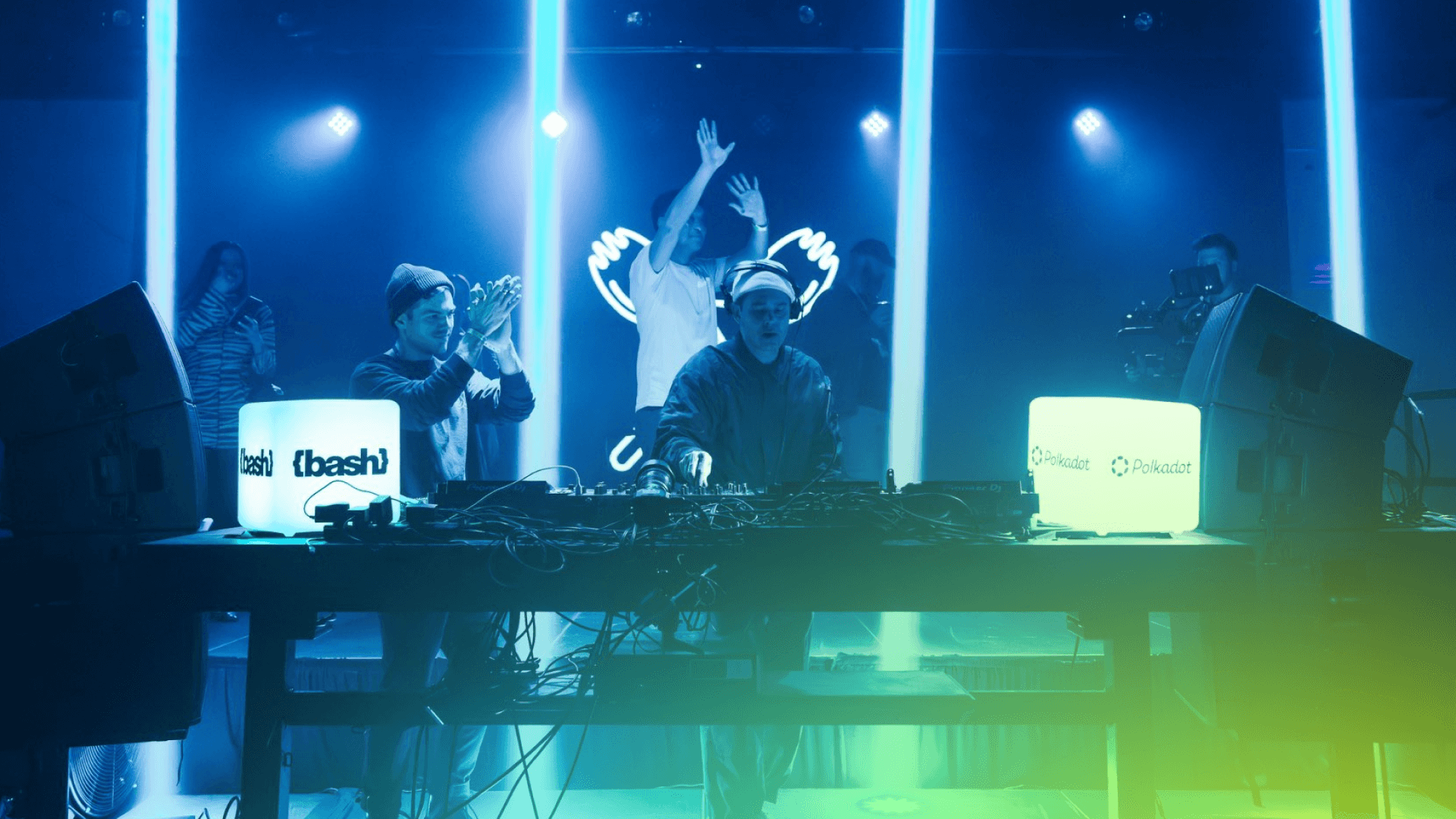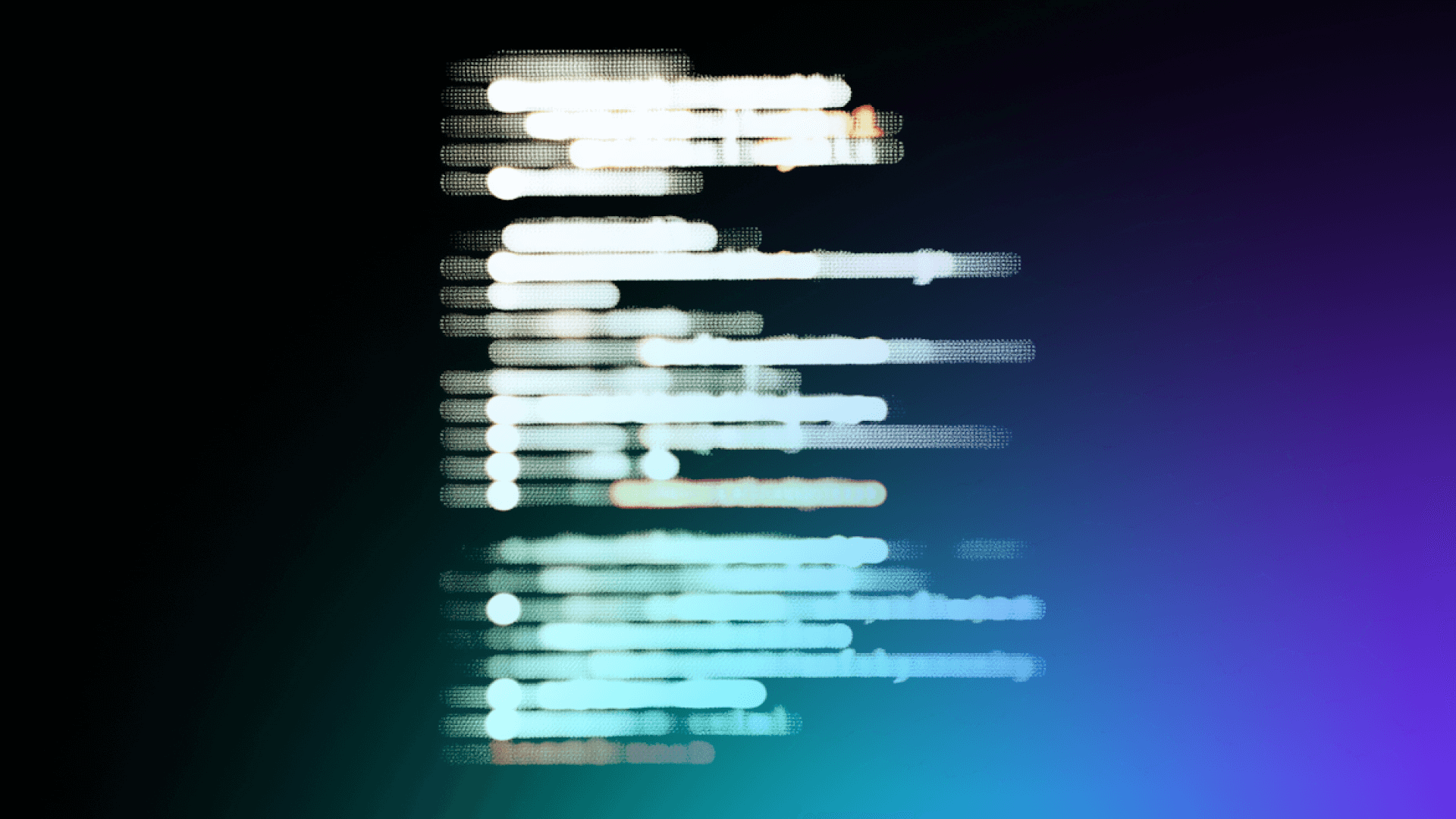The rise of AI agents in crypto: how DeFAI is reshaping finance
AI agents are transforming DeFi into a more intelligent, autonomous system. Discover how DeFAI is redefining finance, and how Polkadot’s modular design supports this shift.
 By Meesh Nguyen•May 2, 2025
By Meesh Nguyen•May 2, 2025
What you can expect
- What is DeFAI?
- What's possible today for AI agents on DeFi platforms?
- Understand the key applications of DeFAI
- Take a look at benefits and tradeoffs
- Why the right blockchain infrastructure matters for DeFAI
- Real world examples on Polkadot
- What's next for DeFAI applications
Some innovations announce themselves. Others simmer in the background, quietly, iteratively, until they’re suddenly everywhere, and decentralized financial systems are no exception. DeFi unlocked open protocols that democratize access to sophisticated financial tools without traditional gatekeepers. But “open” doesn’t always mean usable.
Navigating most of DeFi still demands active attention: watching prices, rebalancing portfolios, reacting to market changes manually. Participation requires a steep learning curve and tolerating less than ideal UX. And for many, that makes it inaccessible.
That’s where DeFAI, or Decentralized Finance Artificial Intelligence, comes in: intelligent crypto AI agents built to reduce friction, automate complexity, and bring decentralized finance one step closer to something that feels intuitive.
What is DeFAI?
DeFAI refers to the integration of artificial intelligence within decentralized finance. Crypto AI agents are autonomous programs that operate on blockchain networks and DeFi platforms. They are designed to monitor their environment, analyze data, pursue defined goals, and execute strategies with minimal human intervention.
Unlike large language models (LLMs) that primarily generate content, AI agents act. They operate with autonomy, adapt to changing conditions, and optimize performance. Importantly, their actions are bounded by user-defined risk parameters and system constraints to prevent unintended outcomes.
Not every form of DeFi automation qualifies as DeFAI. Traditional bots or intent-based systems may execute predefined actions, but DeFAI implies a shift toward intelligence: agents that perceive, learn, and reason.
Key characteristics that define AI agents within DeFAI include:
- Autonomy: The ability to operate independently without requiring constant human guidance or intervention
- Learning capability: The capacity to improve performance or adjust behaviors based on data analysis and outcome evaluation
- Environmental awareness: The ability to perceive and respond to complex, dynamic market and system conditions
What’s possible today
Today’s crypto AI agents are already improving the DeFi experience. While they are not yet fully autonomous, they can perform tasks like:
- Monitoring onchain and offchain market signals across protocols
- Executing basic trades and rebalance portfolios
- Automating yield farming strategies
- Monitor smart contracts for potential risk signals
If you’ve seen replies from AI accounts on X (formerly Twitter) or portfolio bots adjusting allocations in the background, you’ve already glimpsed the beginning of this shift. However, what comes next is far more ambitious. Think agentic AI that can learn and evolve in real time, paving the way for DeFi to move beyond a static toolset into a responsive, self-optimizing financial layer.
What are the key applications of DeFAI?
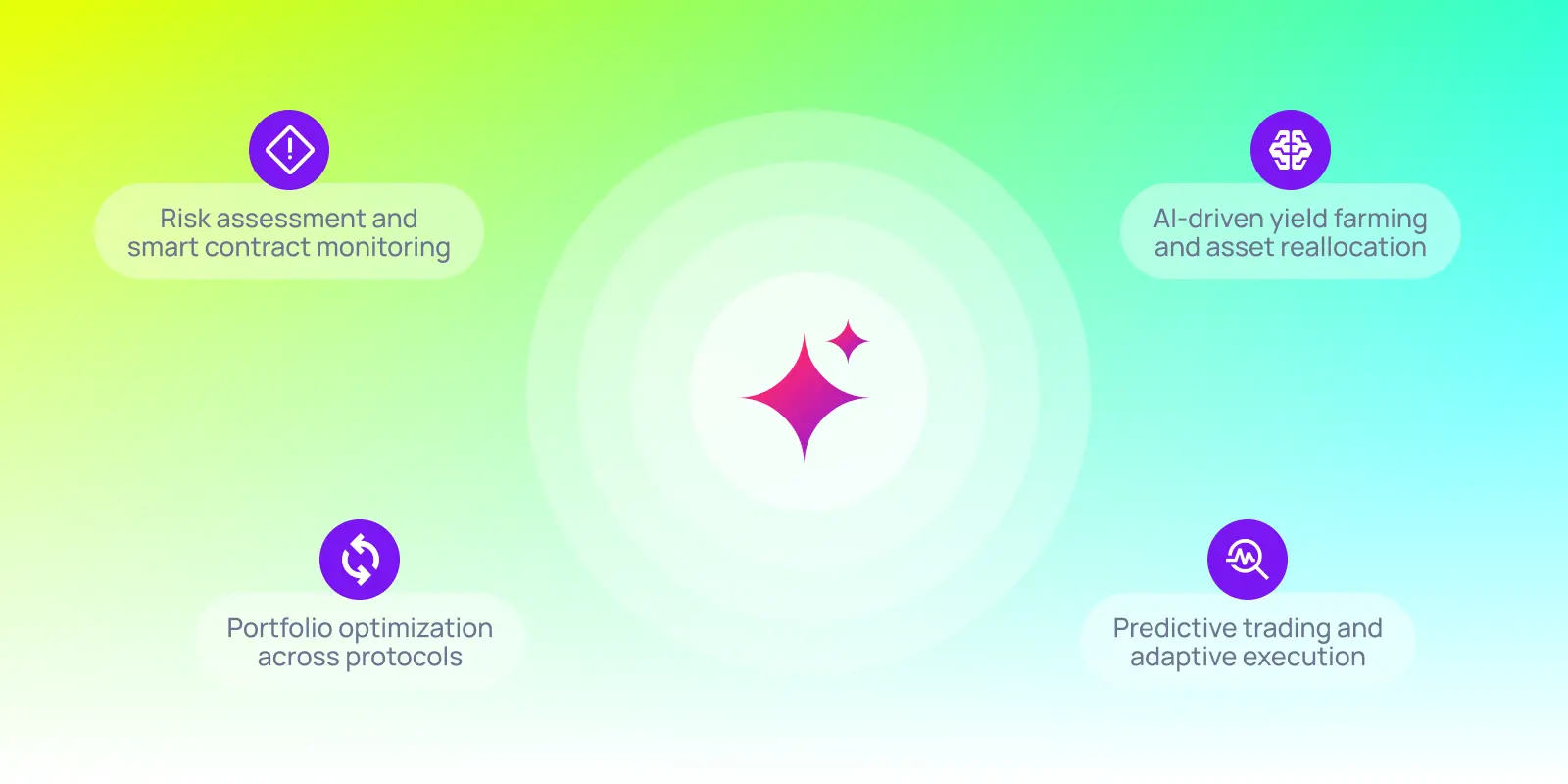
Across decentralized finance, AI agents can be positioned to handle increasingly sophisticated tasks:
Predictive trading and portfolio optimization across protocols
Traditionally, managing a cross-protocol DeFi portfolio required constant vigilance across dashboards and apps. AI agents are being used to automate this oversight, scanning for shifts in market conditions and proactively rebalancing portfolios and move liquidity across multiple ecosystems. While full autonomy is still a work in progress, intent-aligned, semi-autonomous execution is already live in limited forms.
AI-driven yield farming and asset reallocation
Agentic AI can monitor APYs, factor in gas costs and impermanent loss, and dynamically shift capital to maximize returns. While many systems still require user-defined guardrails, the architecture for truly adaptive DeFi participation is a continuous work in progress.
Smart contract monitoring and risk detection
Perhaps most importantly, agents are enhancing security in an industry where vigilance means everything. By establishing behavioral baselines for normal smart contract operations, they can detect subtle anomalies that might indicate exploitation attempts or technical vulnerabilities automatically triggering protective actions before damage occurs.
Each of these examples illustrates how DeFAI moves financial systems beyond basic transaction execution into continuous, adaptive strategy management.
What are the benefits and challenges of DeFAI?
It’s tempting to overhype DeFAI, but like any emerging technology, it’s important to acknowledge the risks, tradeoffs, and the deeper ways it could reshape how we interact with financial systems.
Benefits of DeFAI
- Efficiency: Agents process information and execute transactions at machine speeds, capturing fleeting opportunities invisible to human operators
- Democratized access: Complex financial strategies become accessible to average users, removing technical barriers that currently limit participation
- Ongoing optimization: Systems evolve strategies through reinforcement learning, improving performance without manual intervention
- Reduced manual overhead: Users shift from tedious micromanagement to setting high-level objectives and risk parameters
Challenges of DeFAI
- Data quality risks: Agent performance relies on information quality, with incomplete or manipulated data triggering catastrophic decisions
- Black box decision-making: Understanding why agents take specific actions becomes difficult as strategies grow more complex
- Trust deficit: Without meaningful transparency, users may hesitate to delegate financial authority to autonomous systems
- Regulatory uncertainty: Legal frameworks remain undeveloped for agent-driven actions, creating accountability ambiguity
- Systemic risk: Widespread use of similar AI agents could lead to herd behaviors during market stress and may exacerbate market volatility
With the shift from user-operated to agent-augmented systems, DeFAI challenges us to rethink accountability. Who answers when an autonomous agent misfires? And how can decentralized systems ensure both automation and transparency?
Why infrastructure matters: supporting agentic AI at scale on Polkadot
For DeFAI to succeed, infrastructure must meet new demands. Agents require seamless interoperability to operate effectively across diverse protocols and platforms. They need dependable scalability and flexibility to handle concurrent decision-making processes without congestion or excessive fees.
Polkadot's modular architecture specifically addresses these requirements through its fundamental design:
- Cross-Consensus Messaging (XCM): Agents can coordinate complex actions across multiple specialized chains and rollups, enabling truly comprehensive financial strategies that span entire ecosystems rather than individual protocols.
- Modular blockchain development: The Polkadot SDK allows developers to design purpose-built blockchains optimized specifically for AI-agent integration, with environments fine-tuned for performance characteristics that support agent operations.
- Shared security model: Rollups connected to Polkadot benefit from the Polkadot Chain’s decentralized validator set, without sacrificing flexibility or specialization, creating an environment where agents can operate securely across multiple contexts.
- Specialized execution environments: Rollups can implement customized execution environments optimized for specific agent behaviors and requirements, from privacy-preserving computation to high-throughput data processing.
Real-world use cases of AI systems in Polkadot’s ecosystem
While DeFAI is still an emerging domain, including decentralized AI applications, several projects in the Polkadot ecosystem are already putting its core ideas into practice.
Phala Network: privacy-preserving AI-agent execution
Phala Network offers a decentralized infrastructure for deploying AI agents in a way that prioritizes both confidentiality and verifiability. Through Trusted Execution Environments (TEEs), Phala ensures that sensitive data remains protected during processing, while providing cryptographic proofs of execution.
OriginTrail: structured knowledge for AI reasoning
OriginTrail’s Decentralized Knowledge Graph (DKG) supplies AI agents with semantically linked, context-rich data essential for nuanced decision-making. Unlike traditional oracles, the DKG provides verifiable and interconnected information, enhancing the reasoning capabilities of AI agents. Its integration with Polkadot ensures interoperability across various networks and systems.
Building effective agentic systems requires more than decentralization; they depend on data availability, composable protocols, and seamless cross-chain coordination—capabilities inherently supported by Polkadot's architecture.
What comes next for DeFAI?
Today, much of finance, even in DeFi, operates through rudimentary interfaces. Users click buttons. They fill forms. They monitor dashboards.
Sure. It’s functional, but far from intuitive.
Autonomous agents offer something fundamentally different. Systems won’t passively wait for instructions, but can adapt, negotiate, and transact on their own. This could open the door to agent-to-agent (A2A) economies, where financial services are dynamic, personalized, and increasingly self-operating.
We may see user experience and participation changing from operator to director. Intelligent systems will anticipate needs, surface strategies, and take action on the user’s behalf, all while staying aligned with individual goals. Think of it as the difference between driving a car yourself versus simply telling an autonomous vehicle where you want to go.
This future might include:
- Personal agents managing crypto portfolios based on your risk tolerance and financial goals
- DAOs where specialized agents propose, vote, and execute decisions autonomously
- Entire ecosystems where your objectives are translated into coordinated actions
Realizing this vision requires more than upgraded dapps. It calls for infrastructure designed from first principles for intelligence, not just patched together as an afterthought. Networks need to be modular, interoperable, and inherently adaptive.
Polkadot was designed with these principles in mind, and it’s already making them real. Whether you’re exploring use cases, ready to build, or looking for funding to bring an idea to life, Polkadot is where the future of intelligent finance is already taking shape.
